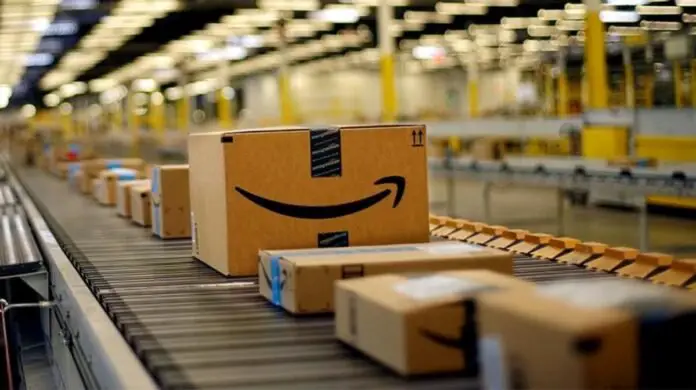Amazon (AMZN) stands out as one of the most diverse and expansive big-tech companies. The business is performing strongly across multiple sectors, with sales growing 10% in the first quarter, excluding currency fluctuations. Notably, revenue from Amazon Web Services (AWS) surged by 17%.
As of the first quarter, trailing-12-month operating income was over 50% higher than the previous year. By these measures and others, it appears Amazon’s operations are thriving.
However, the stock is down about 3% year-to-date. Investors may want to seize this opportunity, as the ongoing artificial intelligence (AI) boom is set to boost Amazon’s growth in the coming years.
Amazon Offers Investors Diversity and Growth
In addition to its online retail dominance, Amazon provides Prime and other subscription services, along with related advertising.
Its studios contribute content to the Prime streaming platform, while its logistics segment operates a vast and efficient delivery network. AWS remains a leading provider of on-demand cloud computing services, and the company is testing its Zoox self-driving service in six locations.
Amazon’s new Nova foundation model is also gaining traction. Nova can process text, images, and videos, enabling customers to leverage generative AI applications to enhance their own business efficiency and profitability.
The company is also advancing its AI capabilities with its Trainium2 chips, designed to simplify model training for AWS users. Recently, Amazon launched its first Project Kuiper satellites, aiming to provide broadband access to hundreds of millions currently lacking service.
AI Streamlines Amazon’s Business
Amazon is not just reaping revenue and profit from AI; it’s also using it to optimize its own operations. Revenue per employee has steadily increased in recent years, a positive sign for shareholders. However, there’s another financial metric that investors may be overlooking—or misinterpreting.
Cash Flow: A Tailwind, Not a Concern
Free cash flow (FCF) has dropped nearly 50% year-over-year on a trailing-12-month basis. While this decline—or negative FCF in some quarters—may raise alarms, it shouldn’t concern investors. Capital investments in property and equipment are impacting FCF, but these investments are crucial for future growth.
Recent examples include a planned $5 billion investment in Taiwan to enhance AWS’s cloud infrastructure through a new data center. Additionally, Amazon plans to invest $20 billion in Pennsylvania to expand cloud computing capabilities and advance AI innovation.
This AWS investment will create multiple campuses to bolster AI infrastructure. As part of this initiative, Amazon has extended an agreement with a power producer to secure power directly from a Pennsylvania nuclear plant, ensuring data centers operate without straining local power resources.
The recent decline in FCF may have unsettled some investors, but those recognizing the potential impact of these investments on future FCF should view this year’s stock price dip as an opportunity. Current price-to-sales (P/S) and price-to-earnings (P/E) ratios are below their averages from the past year.
With these factors in mind, now may be an opportune moment to invest in Amazon stock. The company’s AI initiatives could turn around its year-to-date decline and position it as a surprising winner in 2025.
The Services and the Content are provided to you solely for your general informational purposes, and should not be considered as legal, tax, accounting, financial or investment advice.You are solely responsible for determining whether any investment is suitable for you, considering your investment objectives, risk tolerance and personal financial situation. It is also your responsibility to evaluate the merits and risks of using the information provided on this site before making any decisions.

